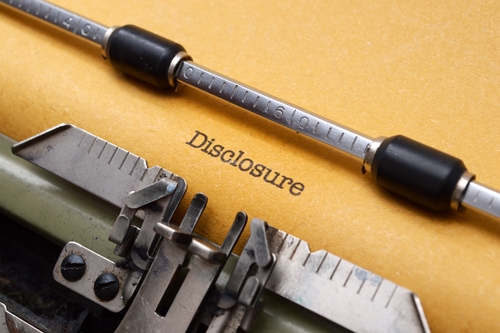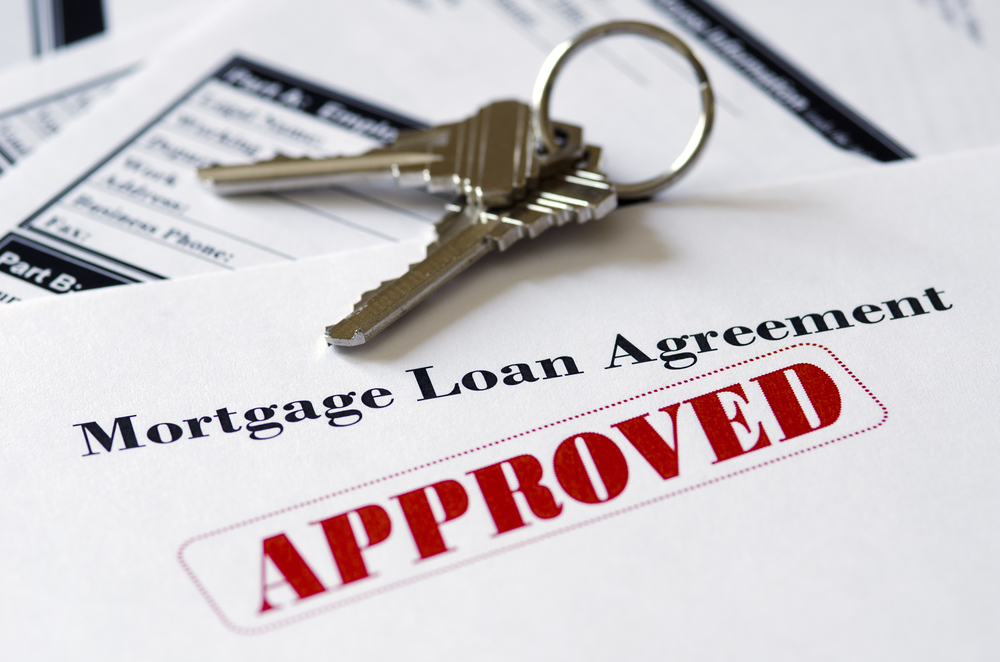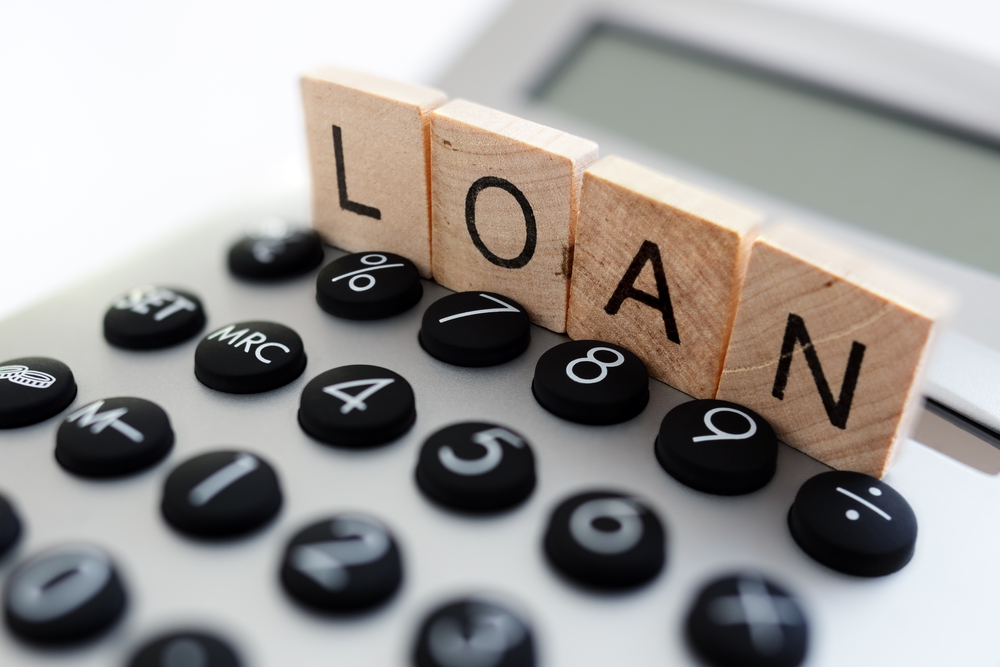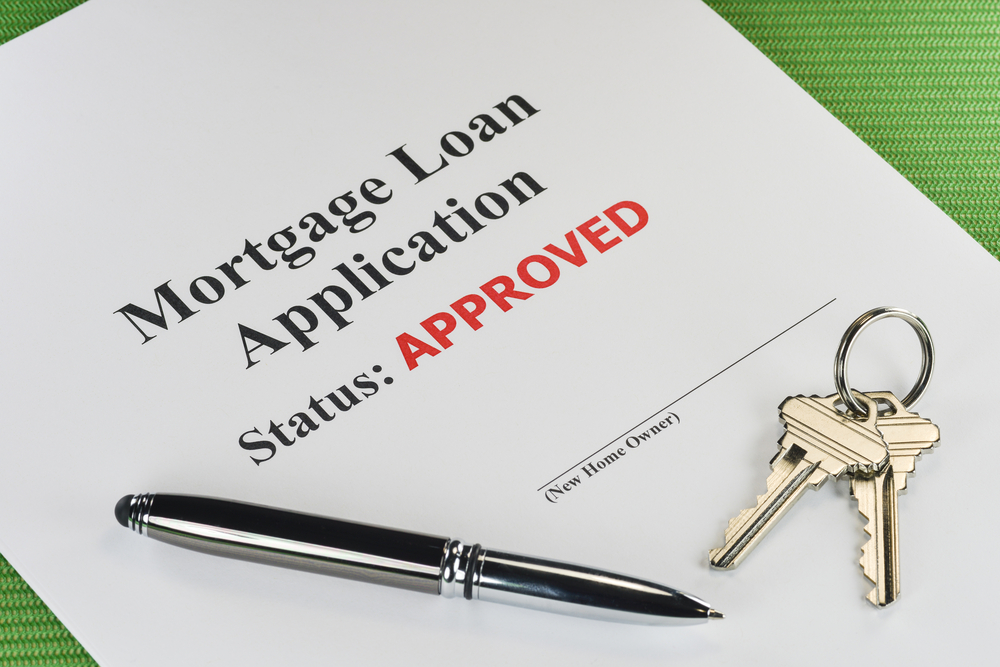Settlement or closing is the final stage when buying a property. This takes place after you’ve negotiated a sale price with the seller, and completed the home inspection and appraisal. You’ll attend closing at a title company or a real estate attorney’s office, and upon signing the paperwork, you’ll get the keys to your new place.
Before you get to this point, your mortgage lender is required to give you a Closing Disclosure form at least three days prior to closing. This form is similar to the Loan Estimate you received when you applied for the mortgage. But while the Loan Estimate provides a rough estimate of your loan terms and costs, the Closing Disclosure form has your final terms and costs.
The Closing Disclosure is a new form that borrowers began receiving in October 2015. Prior to receiving this form, they were given a final Truth-in-Lending form and a HUD-1 Settlement Statement. The Closing Disclosure combines information from both of these forms and it’s designed to alleviate any surprises at closing. Borrowers are given sufficient time to familiarize themselves with their loan terms.
The Closing Disclosure form answers several questions about your mortgage loan. It has detailed information about your home loan terms, including your loan amount, interest rate, and your monthly principal and interest payment. You’ll also find information on whether your loan has a prepayment penalty, which is a fee some lenders charge when borrowers pay off their loans within the first three years.
This section also reveals whether the loan has a balloon payment, and you’ll find information about your projected monthly payment, which includes principal and interest, mortgage insurance and taxes, and homeowners insurance. At the bottom of this section, you’ll see information regarding cash you’re required to pay at settlement for the down payment and closing costs.
Buying a house involves spending some of your own money. The Closing Disclosure form has detailed information about your closing costs. The second page of the form has a breakdown of your mortgage-related costs. This includes information on how much your lender charged for the loan origination, the application fee and the underwriting fee. You’ll also receive a breakdown of other fees, such as the appraisal fee, the credit report fee, the tax monitoring fee, the title search fee, the pest inspection fee, etc.
In addition, the second page provides a list of other costs associated with the mortgage. These include government recording fees and transfer tax fees, as well as prepaid items: homeowner’s insurance premium, prepaid interest and property taxes, and homeowner association fees. If you’re selling a property, other costs in this section may include real estate commissions and home warranty fees, if applicable.
The third page has a table that compares the Loan Estimate costs with your final costs so you can see what has changed. This page also has a table that summarizes the transaction and provides additional information about your loan. You’ll learn whether your loan allows assumptions or has a negative amortization feature, plus there’s information about your lender’s policy on late payments and partial payments.








